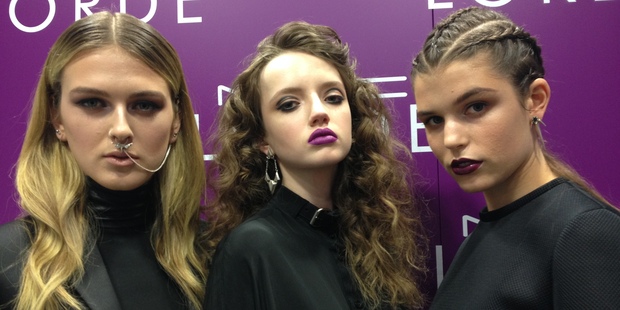The wearing of scarfs by women is an old tradition in the African and other cultural settings. African’s indeed take pride in their scarfs and headgears, and for them they are indeed a crown of beauty.
In Ghana,'duku' is the Akan name given to headscarf. It is mostly tied around the head with a knot at the back, front or the side.
Whichever way it is tied, it has a name and meaning. Mostly during funerals and church service, the headgear is tied at the front or back.
Before the 19th century
Since the late nineteenth century and even today, the wearing of scarfs has been a fashion among elderly women mostly above the age of 50.
Previously, younger women only wore scarfs based on their religious orientation, but today, the wearing of headscarf has become a fashion among both the young and the old.
As fashion, Ghanaians use the ‘Wodasobo’, literally translated as ‘you are still wearing it’. The headscarf can be tied to send messages to a rival or someone you are quarrelling with when tied to the side. One of such messages, by the Akans, is “Yennfii Ta”, loosely translated as ‘We won’t mind anyone’.
Ghanaians also tie the headgear with the traditional Kente or any peace of cloth.
Headscarfs for churches and funerals are mostly worn with moderate style. However, headscarfs for engagement or wedding ceremonies and other social events, such as birthdays or farewell parties, are worn in grand style.
One of the commonest headgears is the ‘gele’ which originated from Nigeria and has now drawn the attention of most Africans. It is a most important part of the traditional outfit among many Nigerians, Ghanaians and other people.
Moment of creativity
The process of wrapping or tying the ‘gele’ is a moment of creativity and lots of work for the arms. Therefore, some people trade in already tied ‘gele’ which is sold on the market, to earn income.
It has formal and informal versions and varies from simple draped clothing to fully tailored ensembles.
The way a ‘gele’ is tied indicates a woman’s marital status.
A ‘gele’ with the end leaning to the right indicates a woman is married and the one with the end leaning to the left indicates a woman is single.The length of the ‘gele’ can range from eight inches? wide and 54 inches long.
Some women also tie their ‘gele’ in advance and it is placed on the head like a crown and held in place with some hairpins.
For some women, the perfect way of announcing their presence during occasions is with the long, stiff and crispy-styled Switzerland, Damask or Asooke fabrics, used for the ‘gele’.
The ‘gele’ is described according to how it is tied. Some of them are known as Satellite dish, calabash, pot or a frying pan, a basin or a bucket of water, a food basket or a mortar and mushroom.
Herero headgear
In Namibia, the Ova Herero tribe also has a spectacular headgear known as the Herero headgear. The headgear has the shape of a cow horn symbolising the livelihood of the Ova Herero people who are herdsmen.
The scarf is worn with traditional costume known as the Victorian style, which is a long-flowing dress.
The Hereros take pride in their cattle business because it is their main source of livelihood, hence the culture of Herero requires the women to wear scarf in the shape of cow horns.
The scarf is made of the same material from the dress, and just like the ‘gele’, it is supported on the head with pins and clips for it to stand firm on the head.
Another tribe in Namibia known as the Damara also has a similar headgear, but smaller in shape and does not require a lot of work, since it is usually wrapped before being worn.
The Damara women also have traditional clothing colours which are green, white and blue representing peace and unity among all Damara-speaking people.








